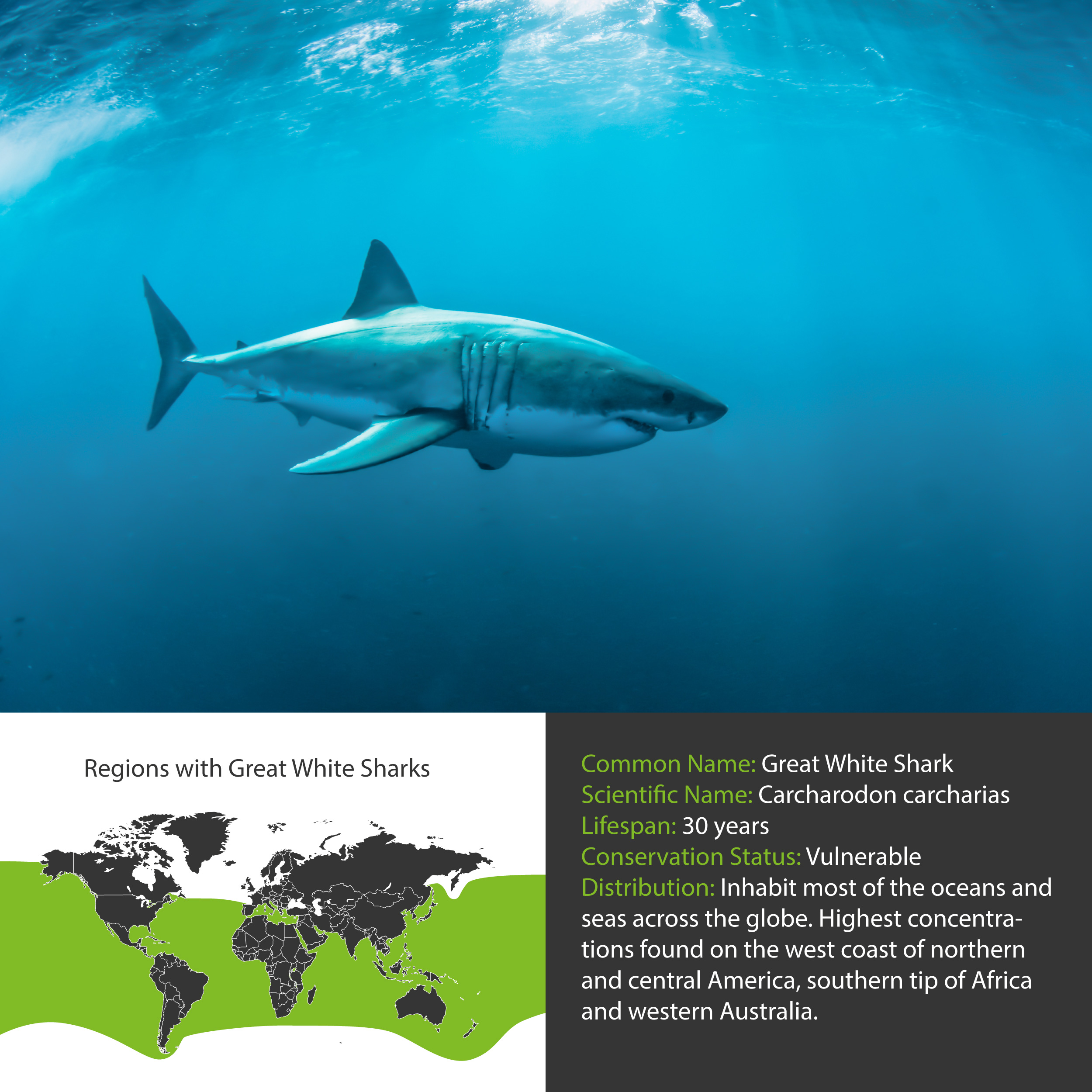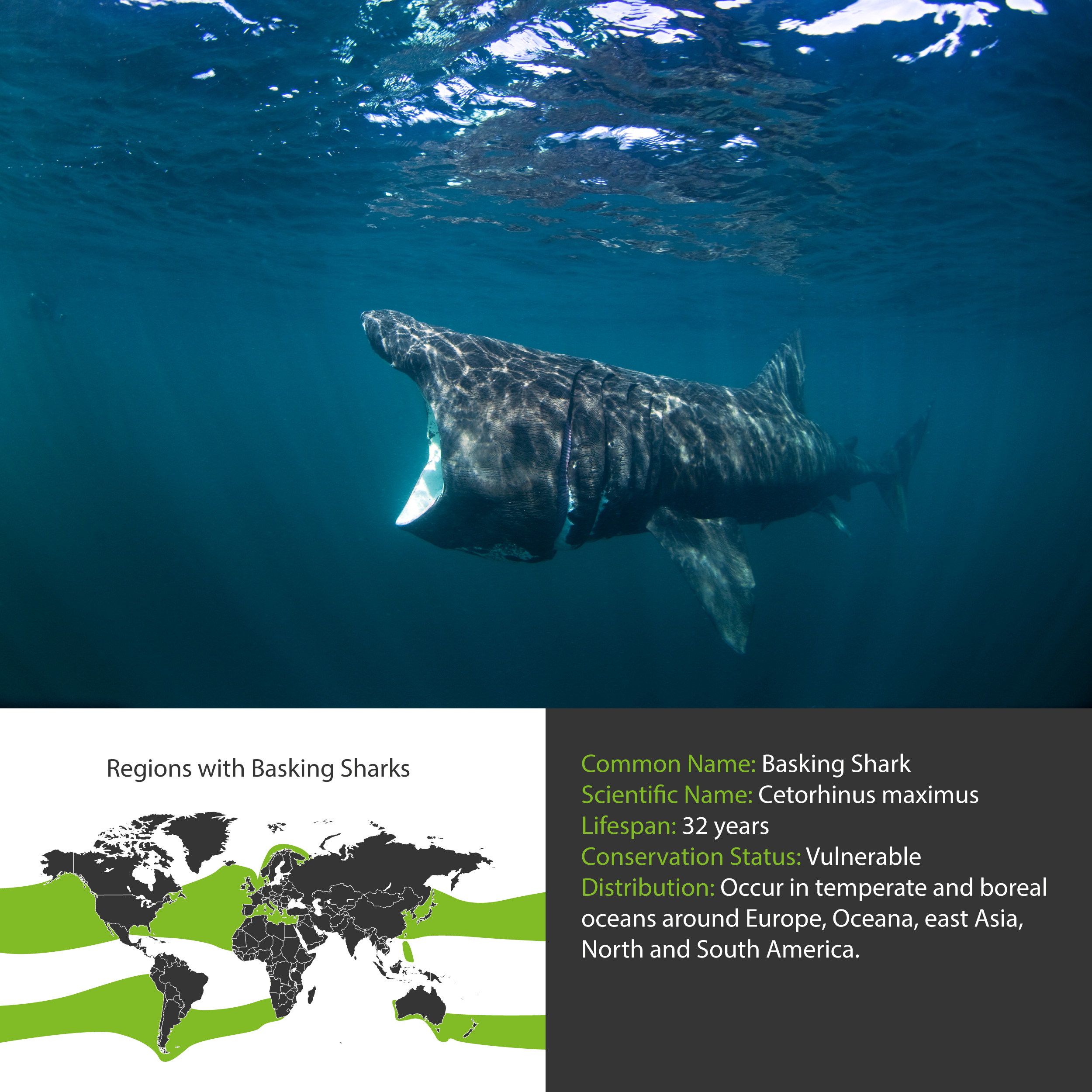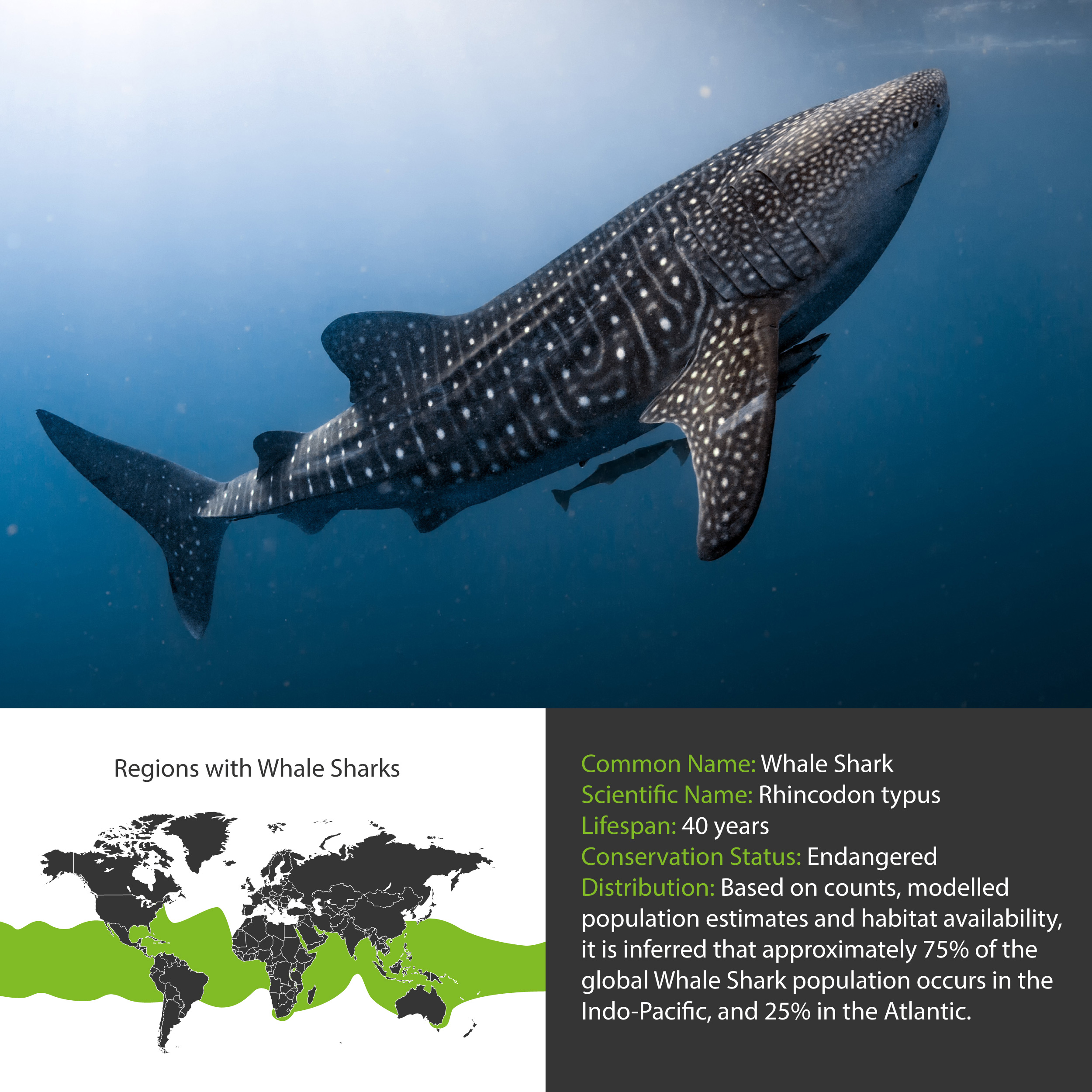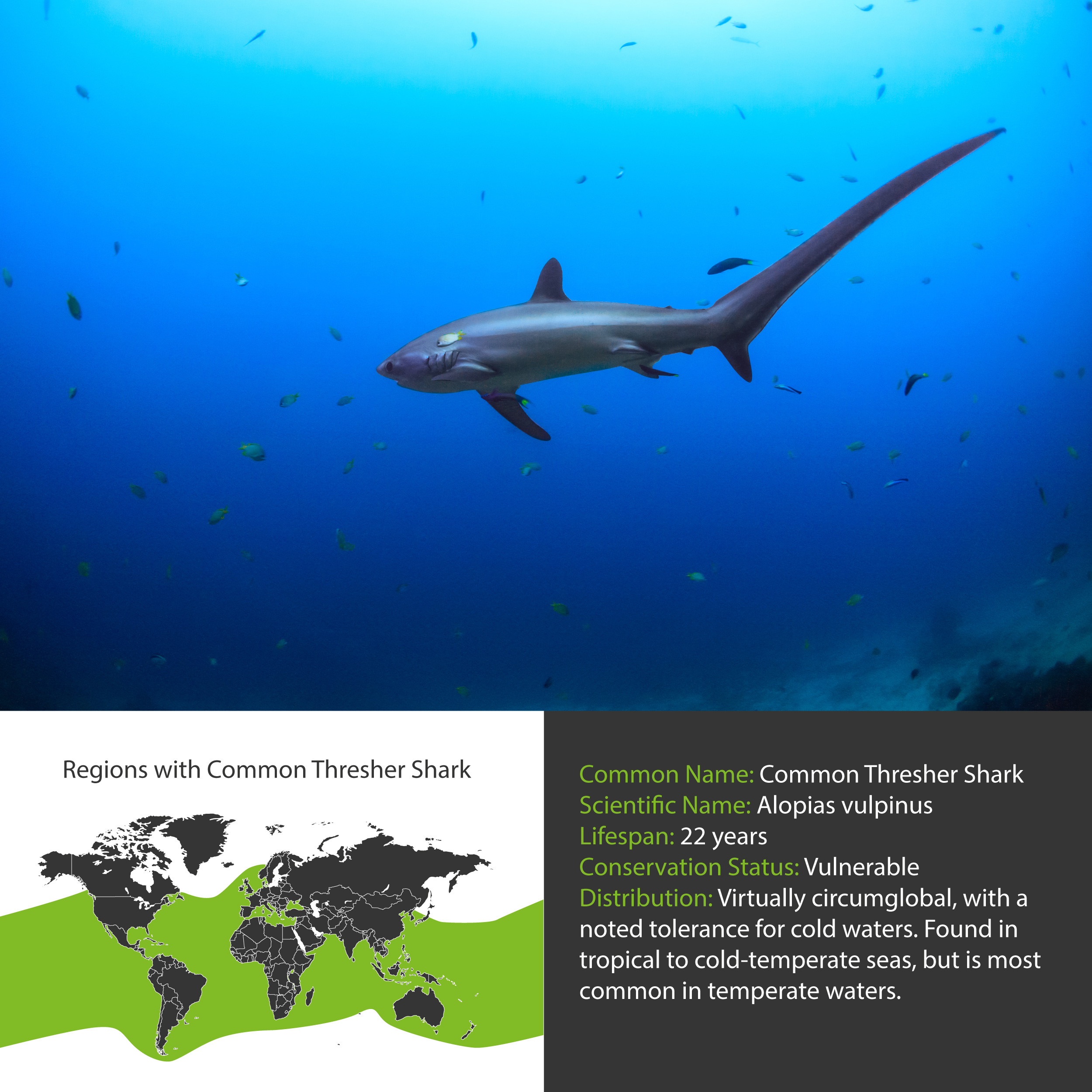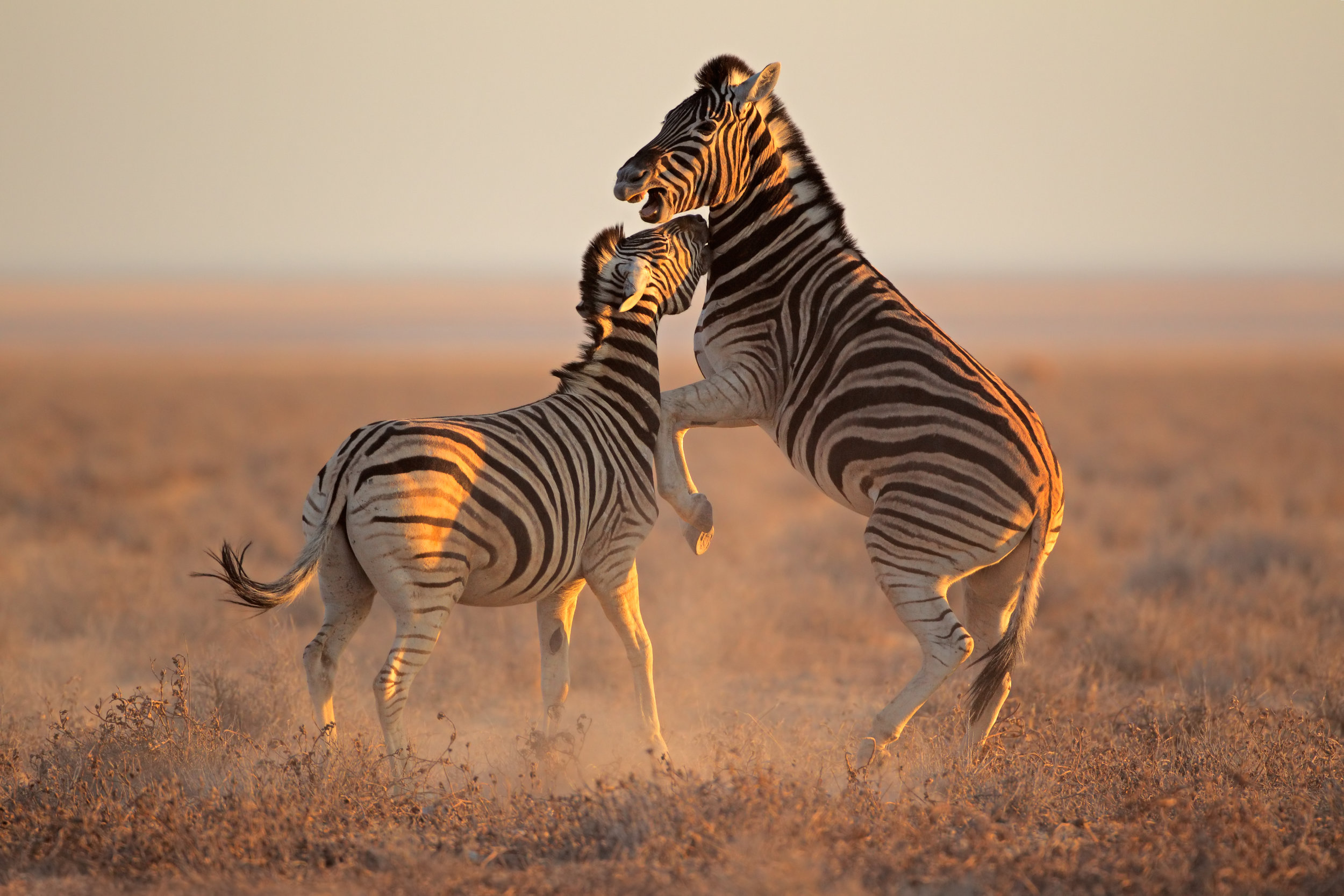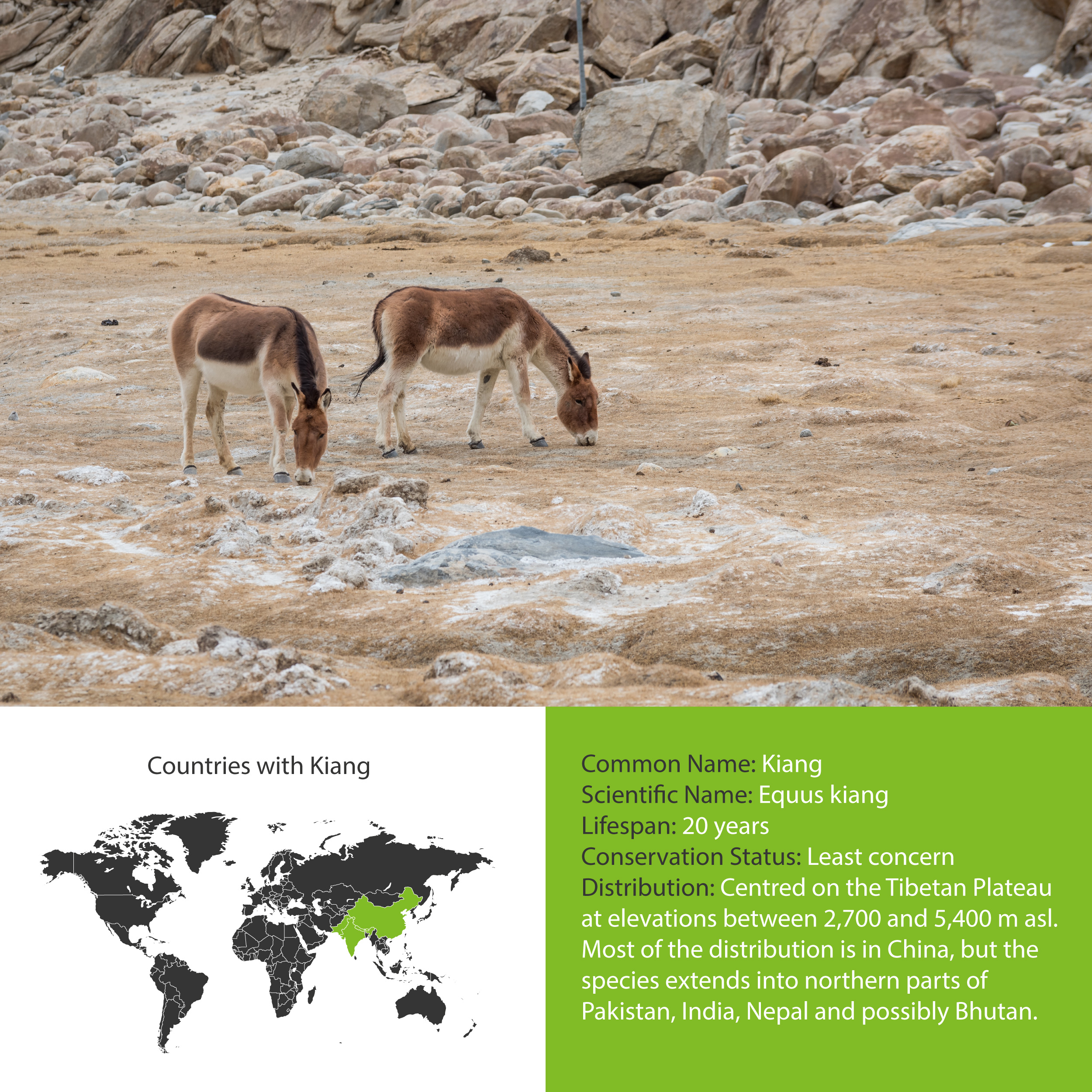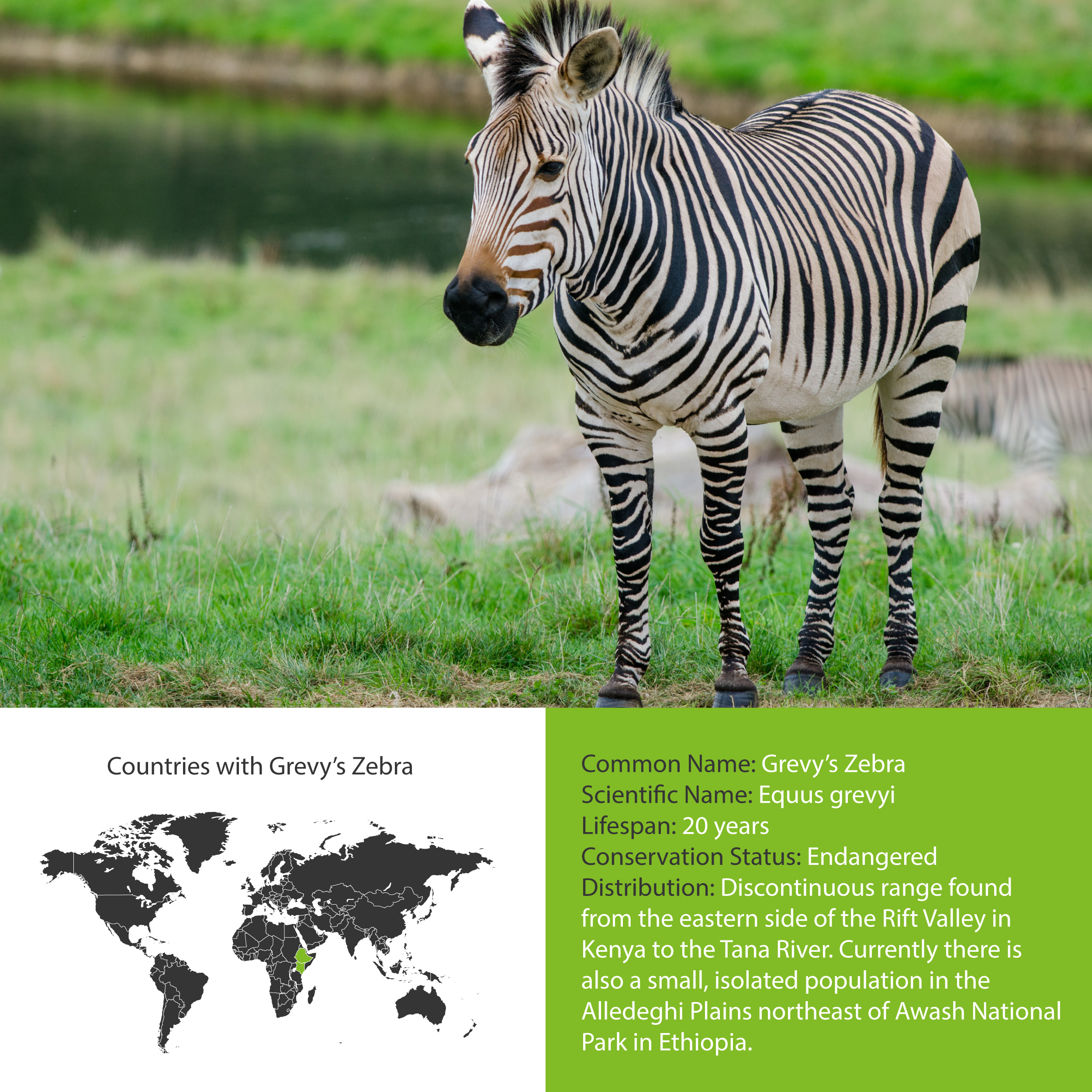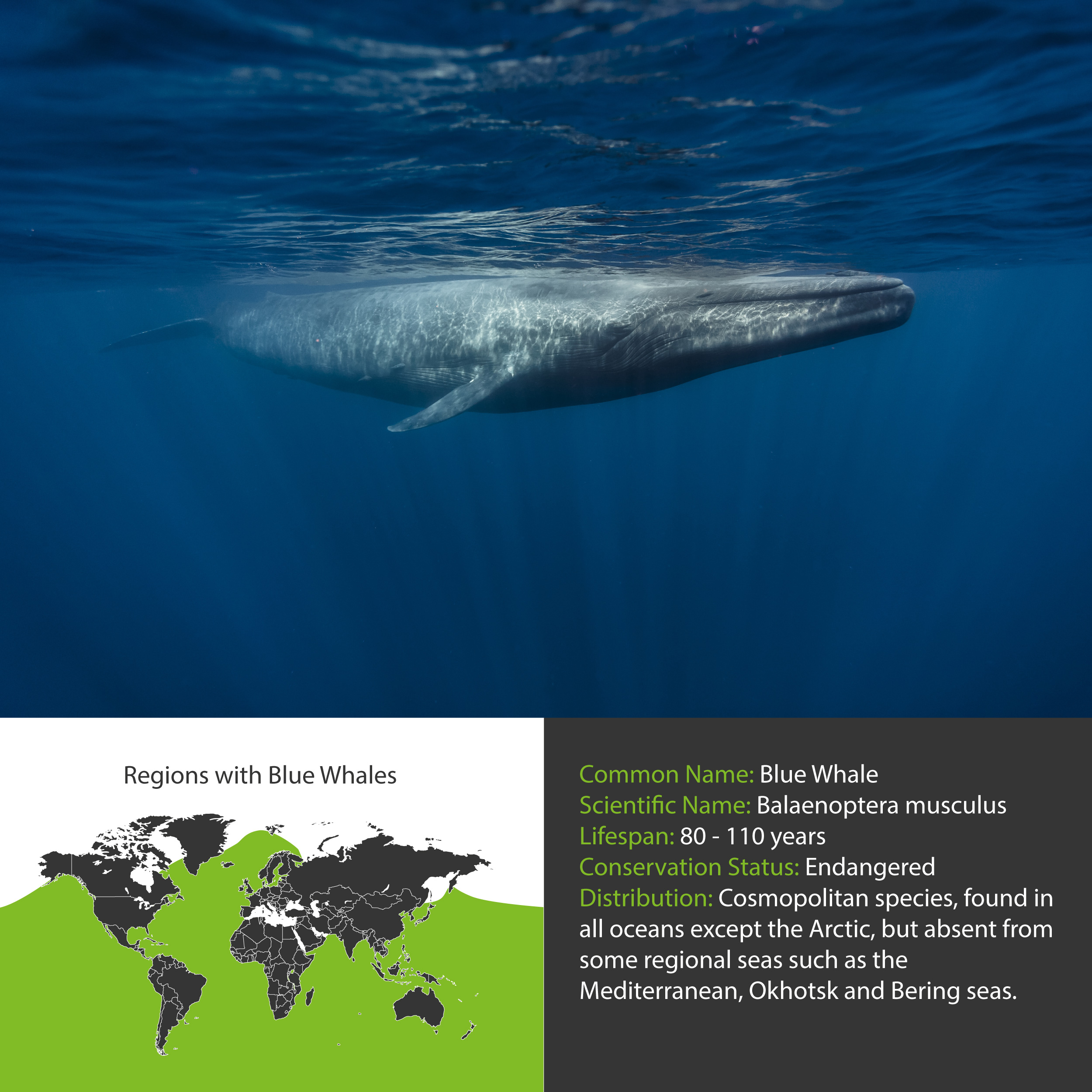This article was originally published on the Youth Time International Magazine Website
In this edition of (The Real) Fantastic Beasts and Where to Find Them, we take a plunge into the deep blue!
Between 700,000 and one million species are thought to live in the reefs, rivers, seas and oceans of this world – many of which remain relatively unknown. That cannot be said of the next group of fantastic beasts we dive into this week - the sharks!
From much-feared apex predators like the Tiger and Great White Sharks to gentle giants such as the Basking and Whale Sharks, below we learn some interesting facts about the Chondrichthyes and where to find them.
Great White Shark
Let’s begin with the most famous shark of them all - the Great White Shark. When it comes to estimating populations of marine life, things can get quite tricky with the last global census in 2010 stating that only 3,500 Great Whites remained. However, in February 2018 researchers claimed that at least 8,000 Carcharodon carcharias were present in the waters off Australia, meaning the global population is likely far greater than initially thought. In comparison with other widely distributed species, the Great White appears to be fairly uncommon. They can be found from the surfline to far offshore and have also been known to swim to depths of over 250 meters deep. For the best chances of spotting Great White Sharks, head to Gaansbai in South Africa where you have the opportunity to cage dive with one of the most awesome creatures that ever lived.
Basking Shark
One of the largest of all extant Chondrichthyes (surpassed only by the massive whale shark), the Basking Shark is a gentle giant that feeds mostly on plankton. They inhabit all oceans of the world, but tend to prefer the cold and temperate waters that lie above the continental shelves. However, through use of GPS tracking devices, researchers recently discovered the species dwelling in warmers waters far south of the equator. Like many animals, their location depends largely on food availability. The southern and southwestern coasts of the Isle of Man in the United Kingdom provide one of the best opportunities to see Basking Sharks close inshore.
Great Hammerhead Shark
One of the most distinguishable of all sharks for their distinctive head shape, Great Hammerhead Sharks are the largest of the 9 different species of hammerhead. A migratory and nomadic species, they are widely distributed but largely restricted to continental shelves. The Great Hammerhead is listed as endangered on the IUCN Red List as they are highly valued for their fins and suffer very high bycatch mortality. The fact that these magnificent predators only reproduce once every two years make them highly vulnerable to over-exploitation and population depletion. Exceptional sightings of Great Hammerhead Sharks can be found in Bimini in the Bahamas, especially between January and March each year where they patrol the shallow sandy shores around the tropical Caribbean island.
Tiger Shark
Also known as the “sea tiger”, the Tiger Shark is so named for its dark vertical stripes along its body. With the largest ever recorded at a whopping 25 feet, they are considered the fourth largest shark species behind the whale shark, basking shark, and great white shark. The omnivorous Tiger Shark is quite common in tropical and warm-temperate coastal water worldwide. Though not considered to be facing a high risk of extinction, there is evidence to suggest declines of several populations where they have been heavily fished for their fins, flesh, skin, liver oil and cartilage. Despite their bad reputation, Tiger Sharks are a rather docile species. Tiger Beach in the Bahamas is widely considered the world’s best location to dive with Tiger Sharks. For the best chances of spotting them, head there in early April.
Whale Shark
The Whale Shark’s body dimensions give it the title of world’s largest fish and therefore, also the biggest shark. In fact, they share part of their name with cetaceans for their enormous size - sometimes growing up to 40 feet in length! In addition to their impressive stature, the Whale Shark is undoubtedly one of the most beautiful in the family with light spots on its ventral surface forming unique contrasting patterns against their largely blue-grey coloration. Like the basking shark, these gentle giants feed mainly on plankton, but occasionally consume small animals including jellyfishes, squids and crabs. They tend to prefer coastal areas, but inhabit both deep and shallow water with temperatures between 20-30 degrees Celsius. Many places in the world offer the chance to see and even swim with Whale Sharks with the best places to do so usually depending on the time of year. Those destinations where Whale Sharks can be seen over the course of longer periods are South Ari Atoll in the Maldives and Donsol Bay in the Philippines.
Bull Shark
Also known the Zambezi Shark, this short and sturdy predator is so named for its brawny body shape and perhaps also due to its hostile nature. Their short, blunt snout and tendency to head-butt their prey before attacking also add to the likeness. One of the most aggressive of all shark species, the Bull Shark has evolved to live in both saltwater and freshwater and is commonly spotted in the Mississippi River in the United States and Ganges River in India. While not currently considered to be vulnerable to extinction, their numbers are likely shrinking due to overfishing for their meat, hides and oils. The “Pitbull of the sea” can be difficult to locate, but they’re regularly spotted by scuba divers in the deep reefs of the Caribbean waters situated off Mexico’s Yucatan coast.
Blacktip Reef Shark
For the fainter-hearted, the timid and skittish Blacktip Reef Sharks are easily identified for the striking black tips on their fins. Inhabiting the tropical coral reefs of the Indian and Pacific Oceans, they are among the most abundant sharks found off the coasts of Southeast Asia and northern Australia. Another species that has been known to enter freshwater environments, Blacktip Reef Sharks mostly prefer shallow, inshore waters where they feed upon small fishes, squids and crustaceans. There are many small scuba and snorkeling tour operators located in Thailand, Indonesia and the Philippines that offer the chance to get up close to these beautiful predators.
Blue Shark
Widely regarded as one of the most beautiful of all sharks, the magnificently streamlined Blue Shark are so-named for their striking cobalt blue colour. A common and widely distributed species, the Blue Shark can be found off the coasts of every continent except Antarctica. Observations are made mostly by divers in temperate seas, where the Blue Shark has even been known to approach the shore. While in tropical waters, however, they tend to stick to greater depths. The IUCN currently has the species listed as near threatened, but their numbers are likely dwindling due to the species being a popular choice for shark fin soup. For excellent chances of spotting these sleek and nimble sharks, head to Simonstown, South Africa where scuba and snorkeling tours are offered between November and June.
Greenland Shark
With a lifespan of 300-500 years old (you read that correctly), the Greenland Shark is widely considered to be the oldest extant vertebrate in the world. Also known as the gurry shark or grey shark, they mainly inhabit the icy waters off the coast of Greenland where they feed upon smaller sharks, skates, eels and bony fish. Scientists have also found the remains of polar bear, seals, horses and moose in their stomachs. The mysterious and elusive Greenland Shark has the slowest swim speed for its size across all fish species with an average speed of 0.76 mph. Sightings of these 21ft long members of the sleeper shark family are extremely rare, but you may be lucky enough to spot one in the waters surrounding Greenland, or areas in the North Atlantic close to Iceland.
Common Thresher Shark
The shark with arguably the most interesting hunting technique of all, the Common Thresher Shark will literally whip their prey into submission. Using their long, whip-like tails, they stun (and later kill) victims such as herring, sardines and mackerel by slapping them. Though they prefer cooler temperatures, the Common Thresher Shark is also distributed worldwide across tropical and temperate waters. They have been observed both in the open ocean and close to shore and are documented as a migratory species. Unfortunately, like most sharks, they are often victims of bycatch and are fished heavily for their fins. Some of the best places to dive with Common Thresher Sharks include Alor Island and Bali , both in Indonesia.
Greenland Shark / Photo: Justin / Graphic Design: Leigh Woods
All other photos: Shutterstock / Graphic Design: Leigh Woods

